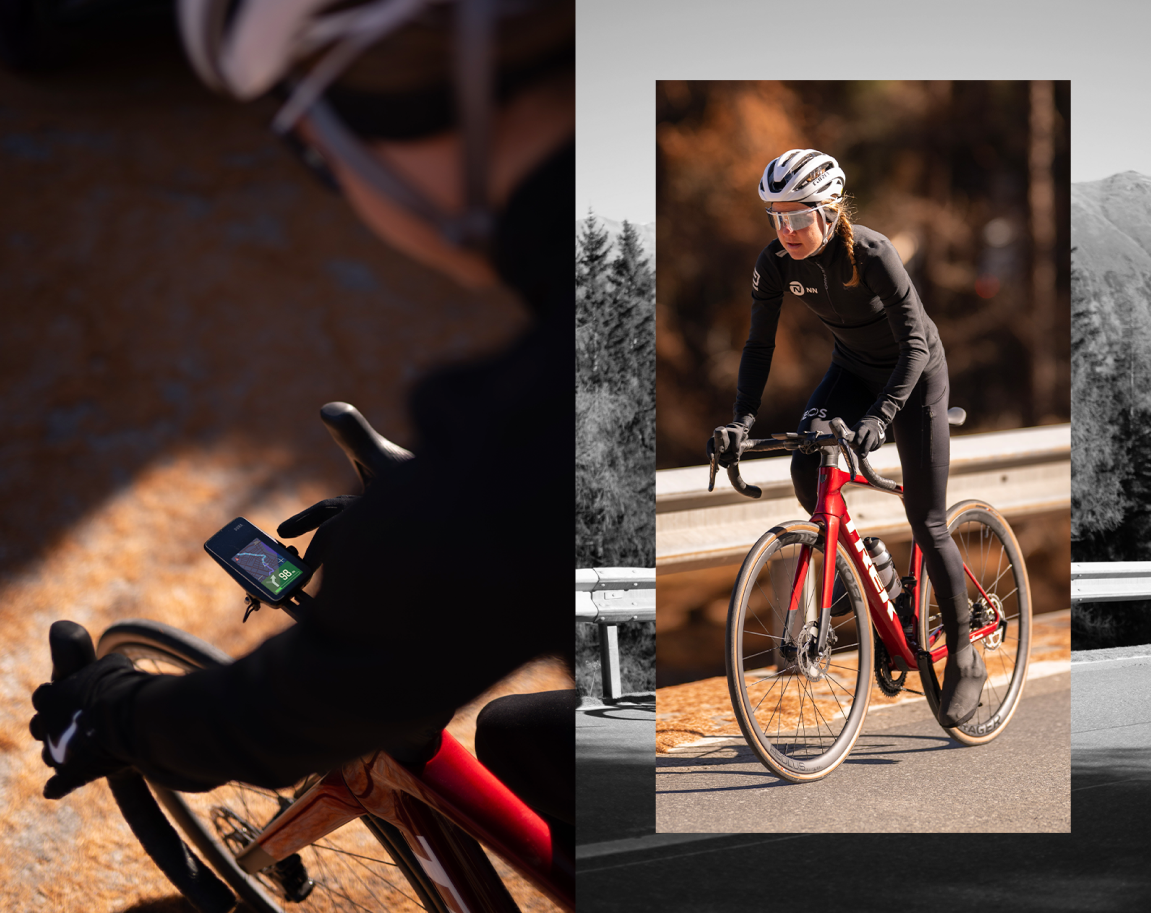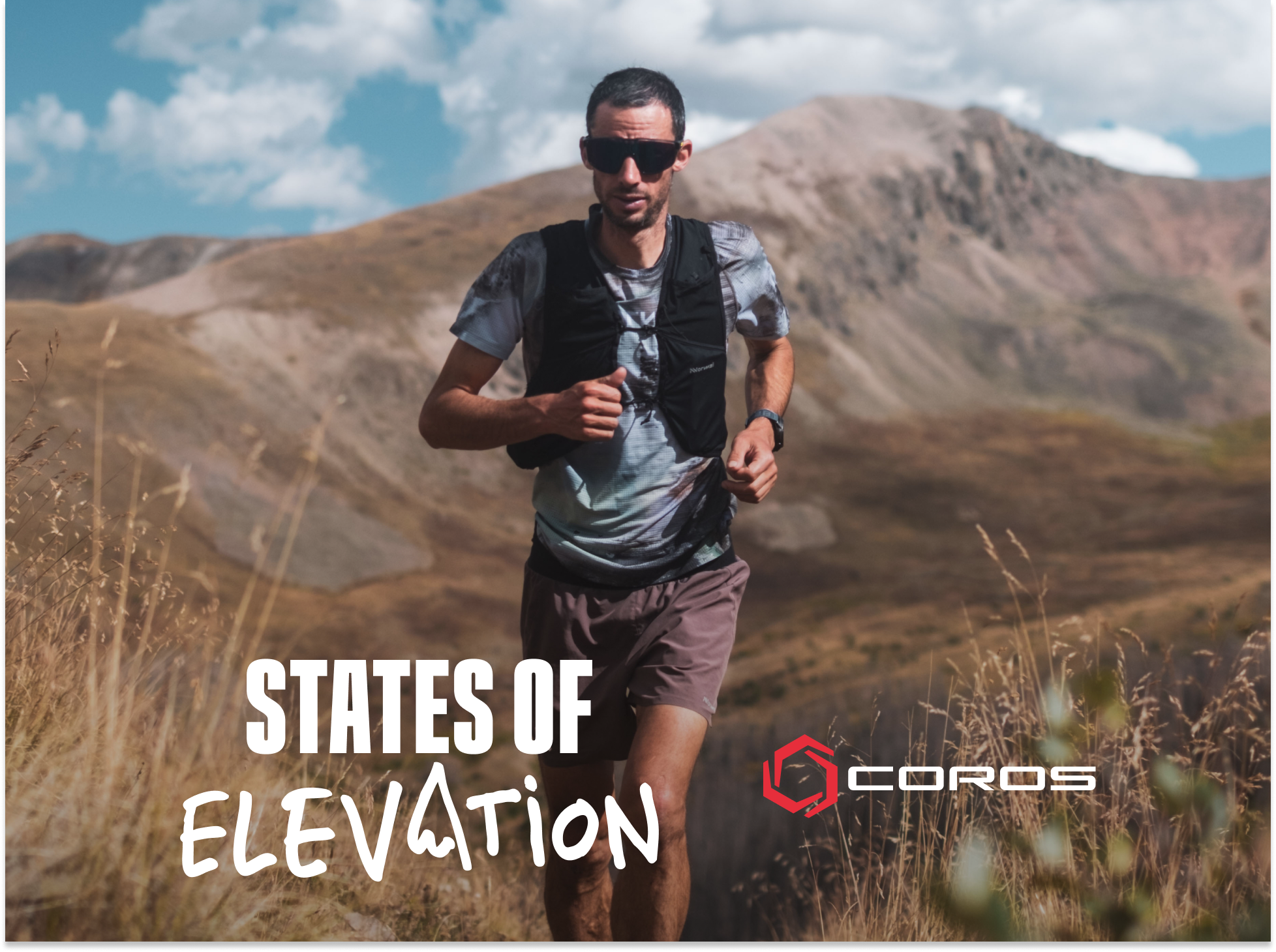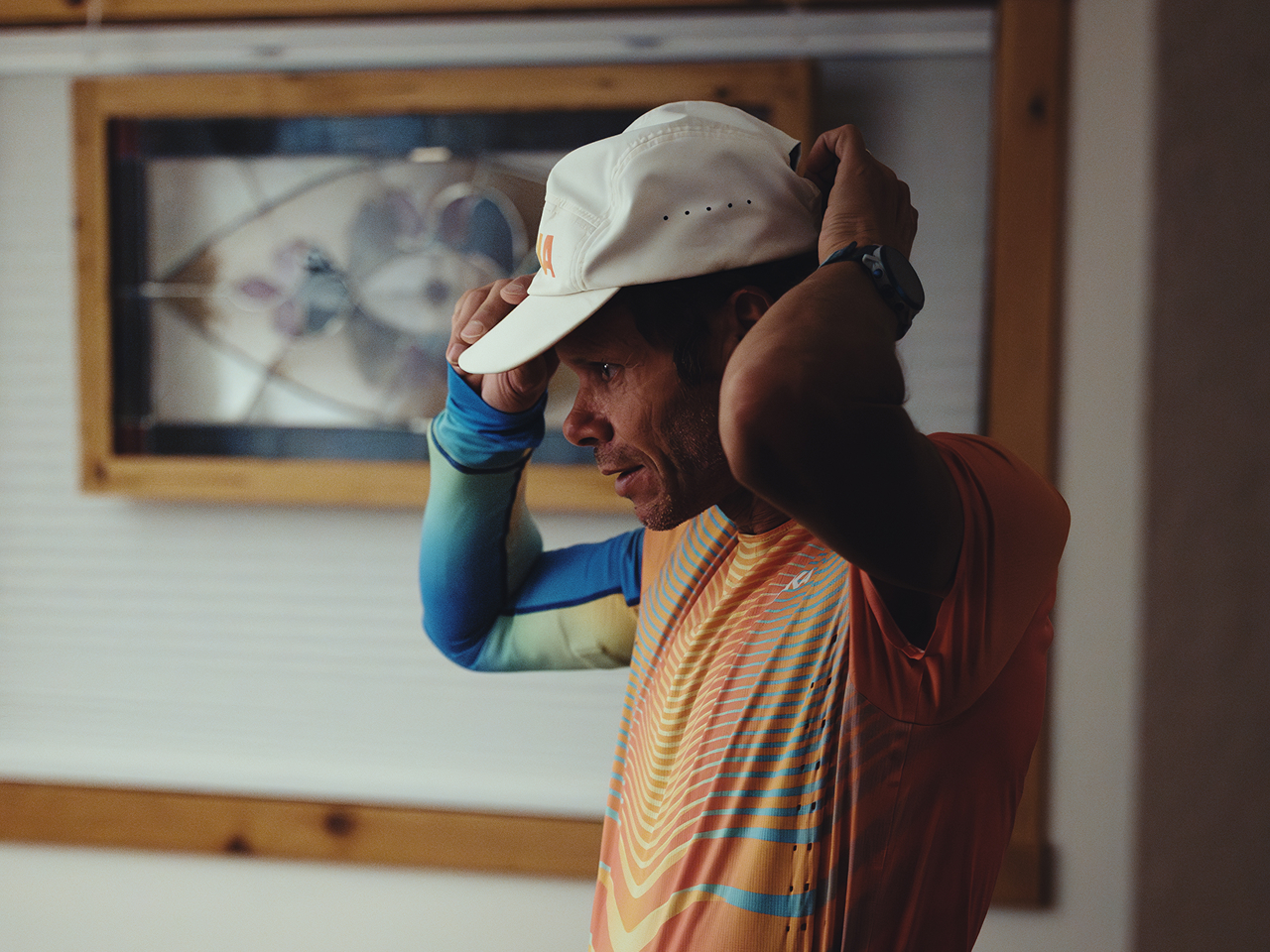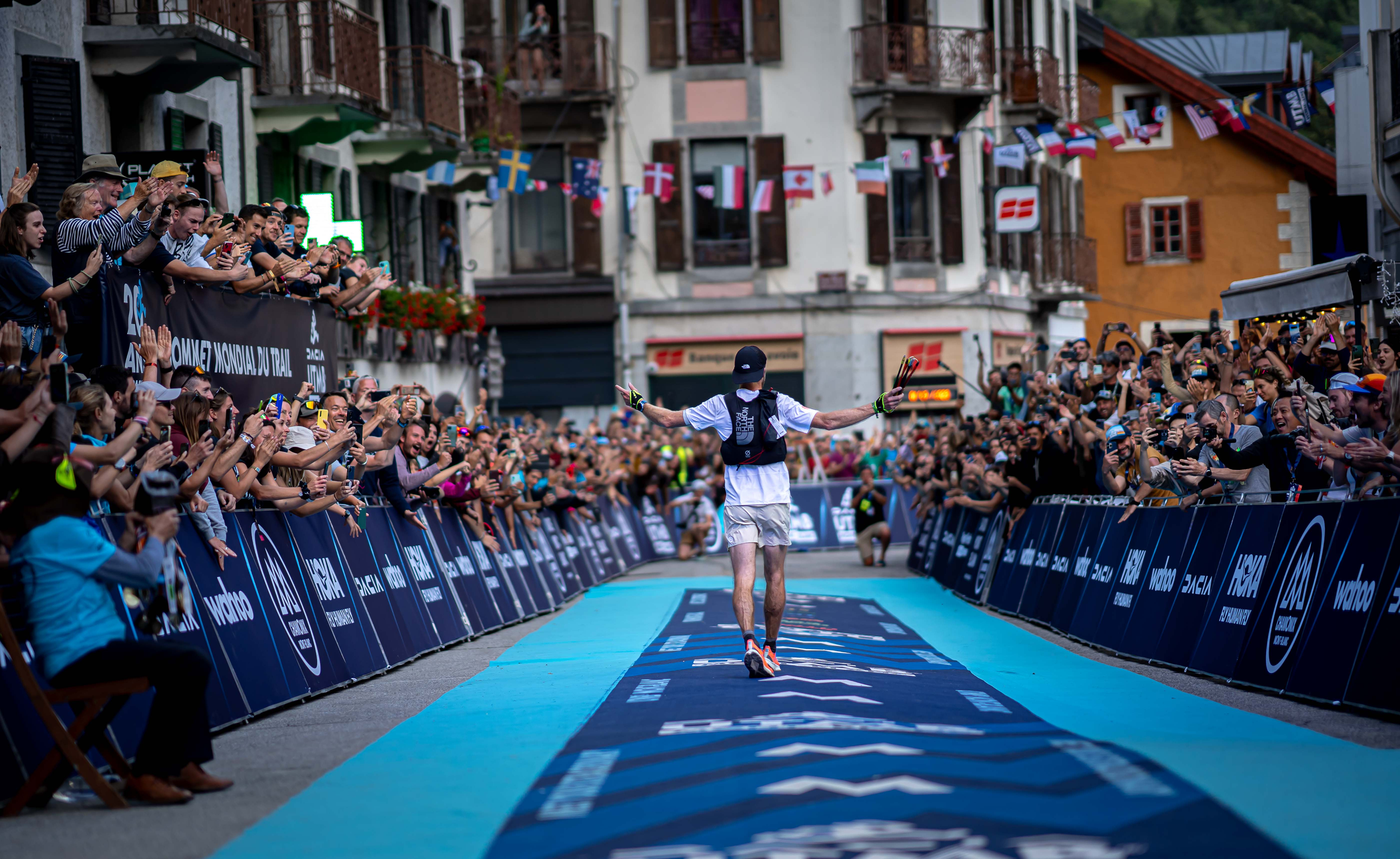In 2020, Nienke Brinkman took her first strides into running, and in just two short years, she shattered the National Record at the Rotterdam Marathon. Yet, her journey has gone from soaring highs to devastating lows, including missing the Paris 2024 Olympics.
Learn from Nienke's strategies for overcoming adversity, her approach to using data to help rebuild, and how she keeps her motivation high despite setbacks.
Tips for Running Motivation and Injury Setbacks
Nienke’s journey offers inspiration for runners at every level. Here are her top takeaways:
1. Celebrate Small Wins: While Nienke has had setbacks since her 2020 record, she has focused on making small daily gains to pave the way back. One tool she uses to ensure progress is her COROS Base Fitness Metric "When you're returning to training, it’s easy to fixate on what you’ve lost. Instead, I focus on the gradual curve upward of my Base Fitness, as well as accumulating more training load each week". By tracking this each day, she can ensure she sees an impact, even when the training feels relentless.

Nienke using the COROS Dura when she is out cross training on the bike
2. Mix It Up: Cross-training plays a vital part in Nienke's return to running. Switching to the bike, Nienke uses cycling as a great way to build fitness without the high impact demands that come with running. By tracking every pedal stroke or repetition in the gym with COROS, Nienke is able to see her fitness building through the Training Hub.
3. Data-Driven Marathon Training: In those early sessions back, Nienke focuses on the key metrics of heart rate and effort as a guide to ensure she stays on track. The COROS Heart Rate Monitor is her solution, giving her the most accurate data in the most comfortable manner possible. "Tracking my heart rate during workouts shows how tired I really am. It offers insights into the fatigue on my body and helps me decide when to push and when to back off."
4. Avoid re-injury: It can be hard to strike a balance between pushing your training and resting when returning from an injury. Something Nienke knows all too well, facing setbacks that hampered her chances of making the 2024 Olympic Team. Training Load, a metric associated with the intensity and duration of a session, is the key metric that helps her avoid overtraining."I look to avoid steep inclines in my weekly training, I pay close attention from week to week to ensure I’m not overdoing it." COROS makes it easier for runners to see if they are pushing too hard, by providing a recommended range based on your training, if you are regularly above the recommendation, this is when you may be at risk of re-injury.
5. Staying motivated: When marathon training gets tough, Nienke reminds herself how far she’s come. Her motivation lies in the work she’s already put in. "If I stop now, I’ll have to do all this work just to get back to this point right now" is a regular mantra that she uses during training and racing reframing tough sessions as opportunities for growth and focuses on long-term success over short-term discomfort.
6. In it for the long run: When back into regular training, Nienke intends to stay there. She doesn't let future success distract her from the plan. "Success is about remaining injury-free, finishing races, and maintaining a balance. Step by step, the results you want will follow."
Whether you’re bouncing back from an running injury or building your motivation toward a big race, these lessons in running motivation and setbacks, can help you stay focused and enjoy the journey.

/filters:quality(90)/fit-in/970x750/coros-web-faq/upload/images/d965bfa706b9c95f940329eda2a48ca1.png)





